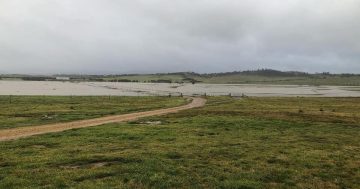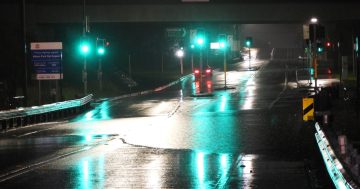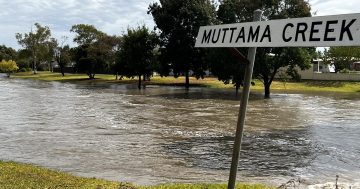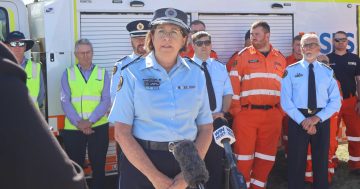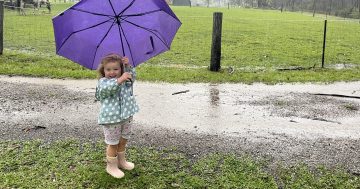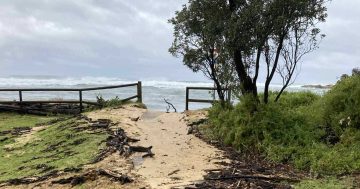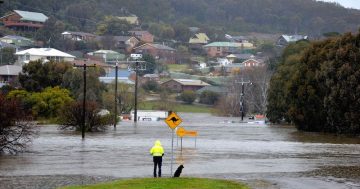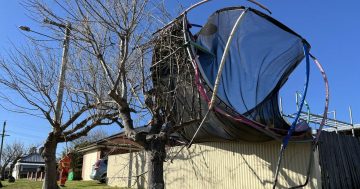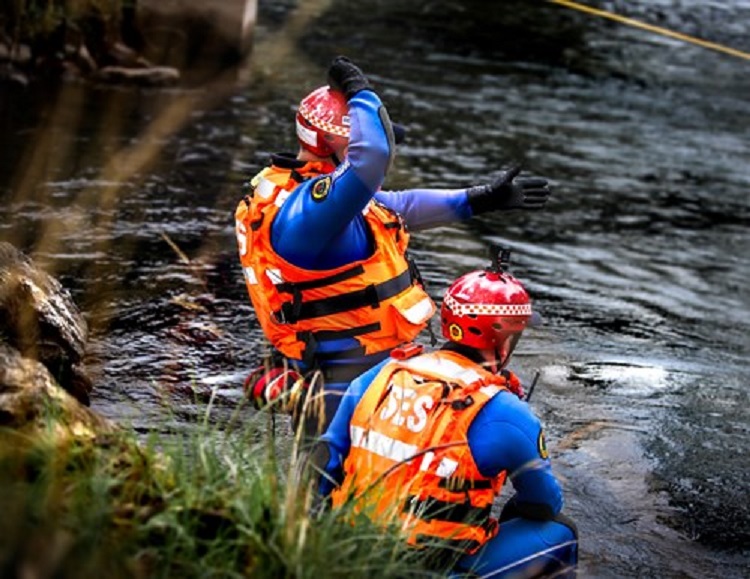
It’s hoped the new warning system will see the community take action earlier, and avoid dangerous water rescues. Photo: SES NSW.
What we should do as floodwaters rise will become clearer from Friday (30 September) as the NSW State Emergency Service (SES) adopts a new warning system.
In one of the organisation’s largest changes to its public messaging in its history, the NSW SES will switch to the Australian Warning System (AWS) at the end of the week.
SES change manager Andrew McCullough said the public had let them know they wanted clearer information and action statements when disaster struck.
“What this new system does is when a warning is issued, it makes clear the level of severity and what the community needs to do if they’re in the area,” he said.
The system was run past 20,000 Australians as part of the third largest social research project in the country.
Mr McCullough said it proved the warnings and colours used spurred people into action, which could potentially save lives.
“Ideally if people leave earlier, it minimises the need for our volunteers to do life-threatening rescues,” he said.
There are three levels of warning in the AWS:
- Advice – an incident has started, stay up to date and monitor conditions in case the situation changes
- Watch and Act – conditions are changing and you need to take action now to protect your family, such as preparing to evacuate and avoiding certain areas
- Emergency Warning – you may be in danger and need to take action immediately, be that evacuation, sheltering in place or moving to higher ground
Each warning will include the location and type of hazard impacting the community, the warning level and an action statement to guide the community’s reaction.
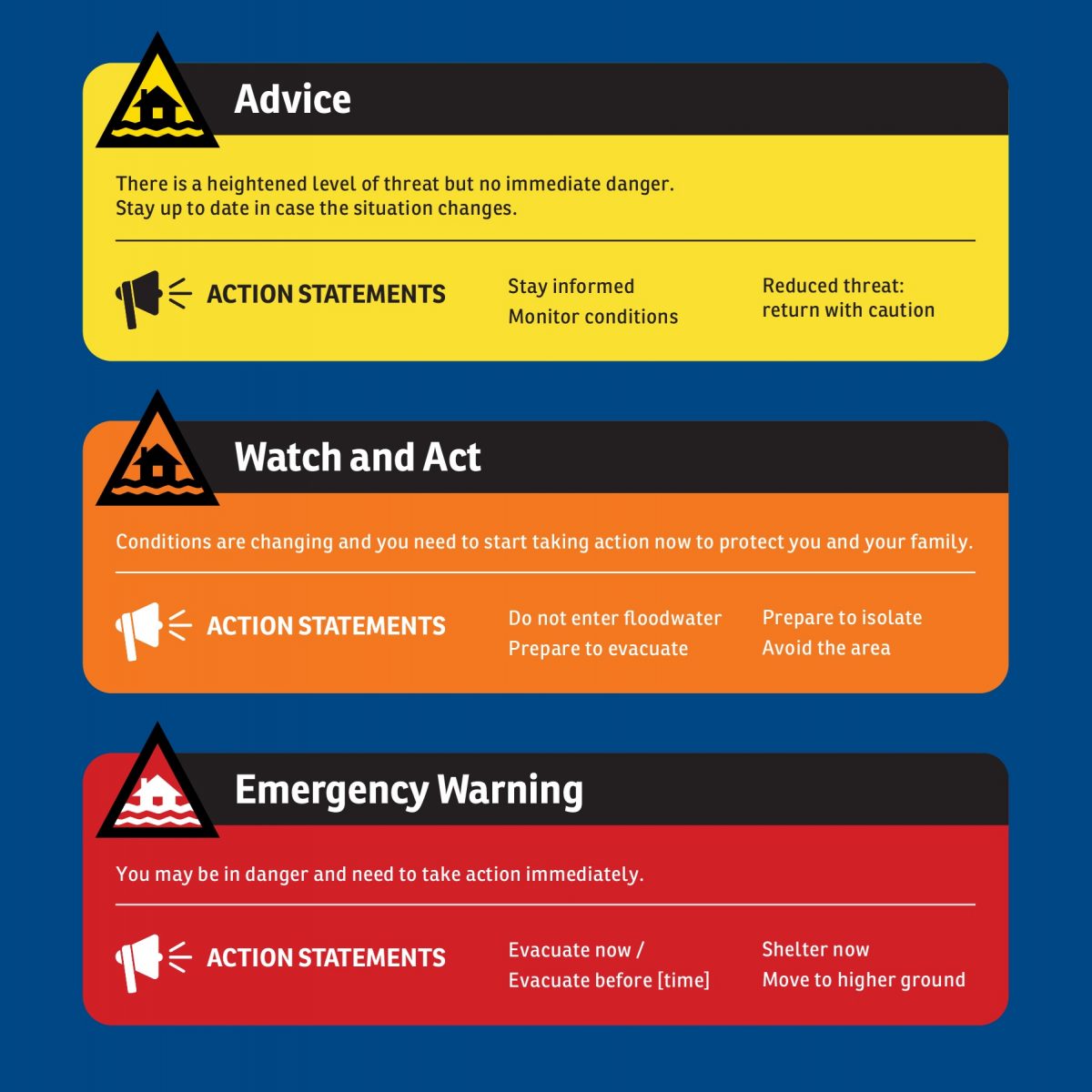
The NSW SES warning alerts to be used from Friday, 30 September. Photo: NSW SES.
A new interactive online map – similar to what the Rural Fire Service uses to communicate the location of bushfires – will also go live on Friday.
It will allow people to navigate the state, see current warnings and see if they apply to them.
Mr McCullough said while all emergency services would switch to the new system over the coming years, NSW wanted to get in earlier.
“We want to be prepared for the upcoming weather this season, we know floods are going to impact us again,” he said.
“Victoria made the switch earlier this year, and we know floods cross our state borders, just as people do. This way the messaging will be more consistent for our border communities.”
Those who have been impacted by floods in the past have been urged to learn the new system in case of future disasters.

An example of how to look at warnings current on NSW SES’s interactive map to go live on Friday, 30 September. Photo: NSW SES.
The community has also been urged to prepare for potential flooding after the Bureau of Meteorology declared a La Nina event earlier this month.
NSW SES Commissioner Carlene York said while the agency was prepared for another busy period, it was “critically important” for people to take responsibility and be prepared.
“If you live in a flood-prone area, I urge you to take steps to prepare now. Make sure you know your risk, have an up-to-date emergency plan and emergency kit,” she said.
“Preparing early will save you vital time during an emergency.”
During the June-July floods, a flood-related message was issued by the NSW SES on average every four minutes.
There have been 1061 calls for help across the state since 14 September during the state’s more recent wet weather, with 80 flood rescues carried out.







